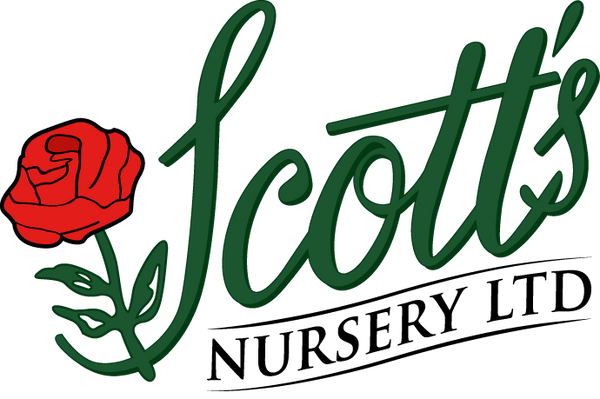Improves Drainage: By loosening compacted soil, peat moss enhances water flow and drainage, preventing waterlogging and promoting healthy root systems.
Enhances Aeration: Peat moss creates air pockets within the soil, improving airflow to plant roots and supporting beneficial microbial life.
Supports Nutrient Availability: Although low in nutrients itself, peat moss effectively retains and slowly releases nutrients when mixed with fertilizers or compost, combating deficiencies caused by compacted soils.
Encourages Root Development: The lightweight structure of peat moss allows roots to penetrate more easily, fostering robust growth and stability.
Increases Soil Organic Matter: Adding peat moss enriches the soil with organic matter, improving overall soil health and fertility.


